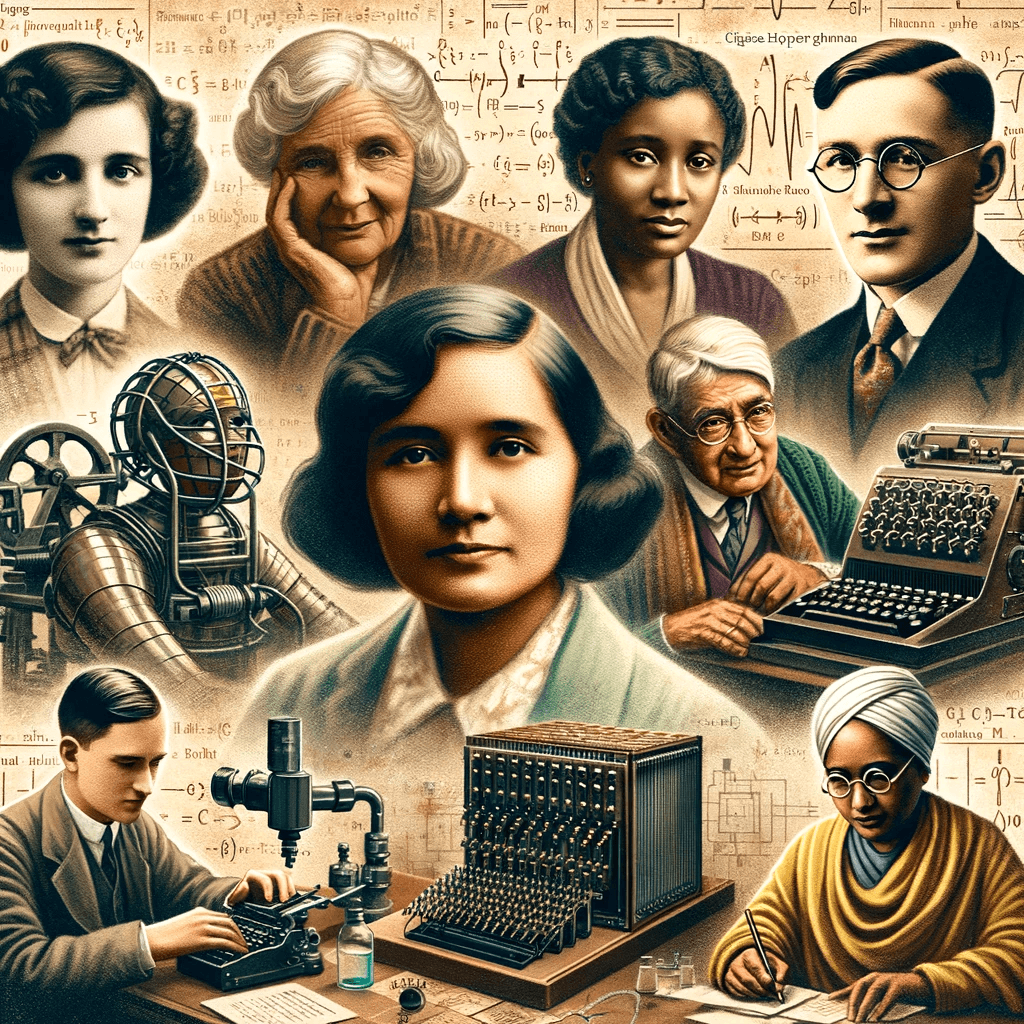In the vast expanse of scientific discovery, numerous individuals have made significant contributions yet remain relatively unknown. These unsung heroes in science history have laid the groundwork for many modern advancements, but their stories often go untold in mainstream narratives. This article seeks to shine a light on these overlooked figures, acknowledging their pivotal roles in shaping our understanding of the world.
Hidden Pioneers Behind Groundbreaking Discoveries
The Untold Story of Rosalind Franklin
Rosalind Franklin's work in X-ray crystallography was crucial in understanding the DNA's double helix structure. While Watson and Crick are widely credited with the discovery of DNA's structure, it was Franklin's photograph, known as "Photo 51," that provided the key insights. Her meticulous approach to data collection and her detailed photographs laid the essential foundation for this groundbreaking discovery in genetics.
Henrietta Lacks: The Immortal Cells
Henrietta Lacks, a name unfamiliar to many, has significantly impacted medical science. Her cancer cells, known as HeLa cells, were the first human cells to be successfully cloned. These cells have been instrumental in numerous medical breakthroughs, including the development of the polio vaccine and research into cancer, AIDS, and the effects of radiation and toxic substances. Her contribution continues to be a cornerstone in medical research, yet her story remains largely untold.
The Unrecognized Architects of Technology
The Visionary Grace Hopper
Grace Hopper, a computer scientist, and United States Navy rear admiral played a pivotal role in the development of modern computing. She was one of the first programmers of the Harvard Mark I computer and developed the first compiler for a computer programming language. Her foresight in machine-independent programming languages led to the development of COBOL, a language still used today.
Alan Turing: The Enigma Breaker
Alan Turing's contributions were crucial in ending World War II, yet he wasn't widely recognized during his lifetime. His work in breaking the Enigma code, a feat that is said to have significantly shortened the war and saved millions of lives, was a monumental achievement in the field of cryptography. Turing is also considered a father of theoretical computer science and artificial intelligence, yet his legacy was overshadowed by the criminalization of his homosexuality, only receiving posthumous recognition for his contributions.
Breaking Barriers in Physics
Chien-Shiung Wu: The First Lady of Physics
Chien-Shiung Wu, often referred to as the "First Lady of Physics," made monumental contributions to nuclear physics. She worked on the Manhattan Project and later conducted the Wu experiment, which contradicted the widely accepted law of conservation of parity. Her work fundamentally changed our understanding of the universe, yet she did not receive the same level of recognition as her male counterparts who won the Nobel Prize for related work.
Satyendra Nath Bose: A Pioneer Overlooked
Satyendra Nath Bose, an Indian physicist, laid the groundwork for Bose-Einstein statistics and the theory of the Bose-Einstein condensate. His collaboration with Albert Einstein led to the development of foundational principles in quantum mechanics. However, Bose's contributions were overshadowed by Einstein's fame, and he never received a Nobel Prize for his work.
Conclusion
These remarkable individuals represent just a few of the many unsung heroes in science history. Their stories are not just footnotes but pivotal chapters in the annals of scientific progress. Recognizing these figures is not only about giving credit where it's due but also about inspiring future generations to pursue science and make their own discoveries.
For further reading on these incredible scientists and their contributions, resources like Nature's article on overlooked scientists and Biography Online's list of famous scientists offer more in-depth insights.
By acknowledging these unsung heroes, we pay homage to the collective effort and diverse contributions that have propelled human knowledge to its current heights. Their legacies remind us that scientific progress is often a tapestry woven from many unacknowledged contributions, each as vital as the next in the relentless pursuit of understanding.









.png)
0 Comments